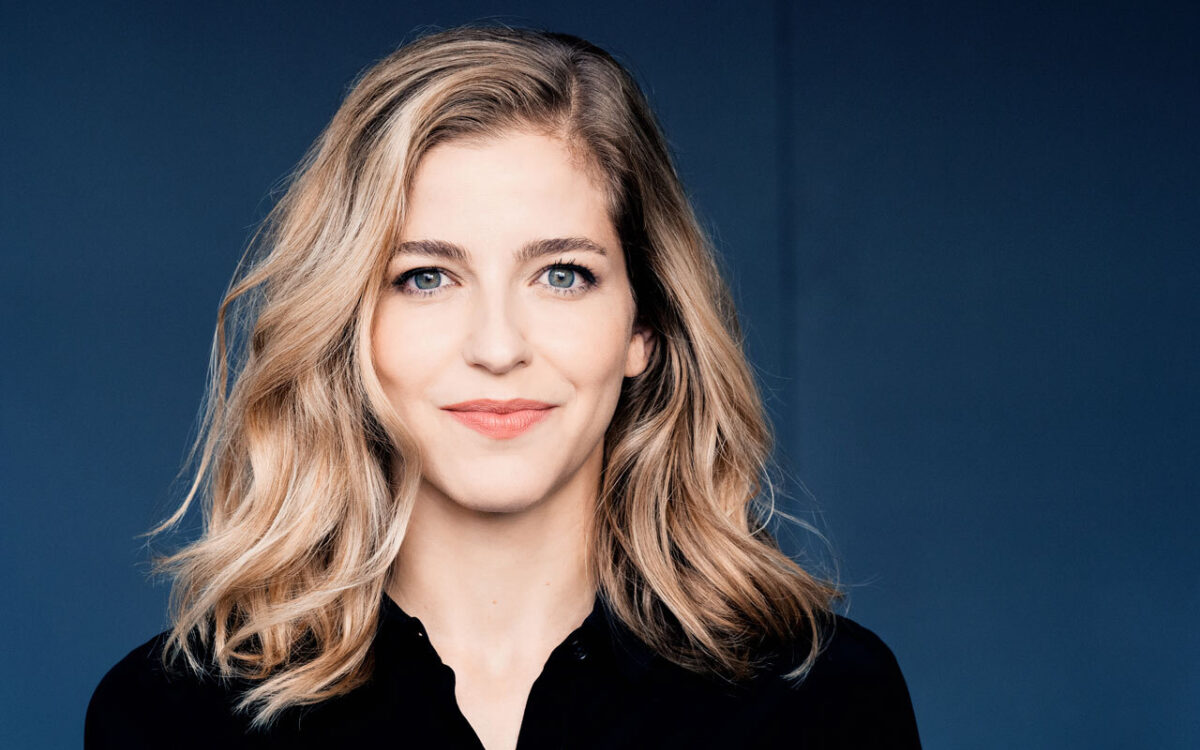Cello Concerto No. 1
Franz Joseph Haydn was born at Rohrau, Lower Austria, on March 31, 1732, and died in Vienna on May 31, 1809. He probably composed his C major cello concerto about 1765, to judge from the relative location of the entry of its main theme in Haydn’s own thematic catalogue of his works. It was most likely written for, and performed soon after its completion by, the principal cellist at Eszterháza, Joseph Weigl.
In addition to the solo cello, the score calls for 2 oboes, 2 horns, and strings. (first and second violins, violas, cellos, and double basses). The concerto is about 22 minutes long.
Haydn wrote relatively few concertos compared to most composers of his day, and most of those few have survived only by accident, often in a single copy. One dramatic example of this is the C major cello concerto, which was completely lost and known only through a two-measure entry of its principal theme in Haydn’s personal thematic catalogue of his works until an old copy turned up in Prague in 1961, one of the most significant and exciting rediscoveries of Haydn research in the 20th century. For here was a prime example of Haydn in his early maturity, a work almost certainly written for and played by Joseph Weigl, principal cellist at the Esterházy court where Haydn was employed for four decades.
The concerto was the most popular and successful instrumental form of the Baroque, coming out of Italy, where it had been stamped with the signature of Vivaldi; its very success meant that composers tended to use the traditional techniques even as a new approach to harmonic organization, texture, and thematic structure was having a powerful effect on the nascent symphony and string quartet. The concerto thus became somewhat old-fashioned and retained far longer than the symphony the beat-marking rhythms of the Baroque and the concatenation of small rhythmic motives to build up a theme rather than classically balanced phrases. Formally, too, the concerto still built upon the Baroque ritornello form, which stated the principal material as blocks in a series of different keys linked by virtuosic passages for the soloist, although the ritornello arrangement gradually achieved détente with the sonata-form layout that became standard in the symphony.
Haydn’s C major concerto is a splendid example of this transitional period; we can almost hear Haydn breaking the ties with the Baroque and becoming more “classical” as the work progresses, since the first movement has a great deal more of the small rhythmic cells and the standard syncopation that became such a cliché in the late Baroque concerto, although it also makes a bow to sonata form. But the last movement comes from the world of the contemporary symphonies, with scarcely a glance backward. In between comes a serenade-like Adagio that focuses attention on the graceful lyricism almost throughout.
Steven Ledbetter
Steven Ledbetter a freelance writer and lecturer on music, was program annotator of the Boston Symphony Orchestra from 1979 to 1998.
The first Boston Symphony performance of Haydn’s Cello Concerto No. 1 took place at Tanglewood on July 9, 1965, with then BSO principal cellist Jules Eskin under the direction of Erich Leinsdorf.

